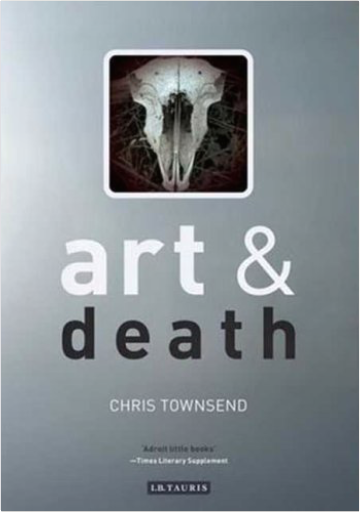 This highly sensitive and beautifully written book looks closely at the way contemporary Western artists negotiate death, both as personal experience and in the wider community. Townsend discusses, but moves beyond, the "spectacle of death" in work by artists such as Damien Hirst to see how mortality—in particular the experience of other people's death—brings us face to face with profound ethical and even political issues. He looks at personal responses to death in the work of artists as varied as Francis Bacon, Tracey Emin and Derek Jarman, whose film Blue is discussed here in depth. Exploring the last body of work by the the Kentucky-based photographer Ralph Eugene Meatyard, and Jewish American installation artist Shimon Attie's powerful memorial work for the community of Aberfan, Townsend considers death in light of the injunction to "love they neighbor." 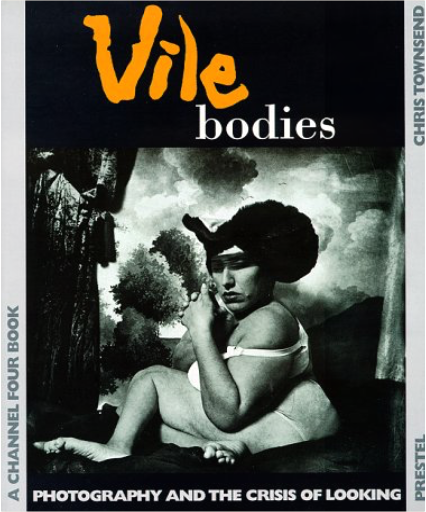 Published in cooperation with Channel Four Corporation in conjunction with the British television series of the same name, "Vile Bodies" is a collection of photographs and accompanying essays which penetrates the most urgent contemporary taboos concerning the human body and how we perceive it. The reader is confronted with disturbing images of death, disability, obesity, aging and the issue of child sexuality. The more than 20 photographers whose work is represented in this volume are among the most important and influential international artists working today - including Joel-Peter Witkin, John Coplans, Nan Goldin and Andres Serrano. Because of the universality of the taboos and themes, the essays and photographs in "Vile Bodies" have the power to speak to all of us, to provoke our subconscious fears and illuminate those parts of contemporary culture we would rather leave concealed, forcing readers to confront and question their own standards. One chapter addresses the subjects some fear most: sexuality, violence and the loss of innocence in childhood, as reflected in the uncanny and disturbing images of Wendy Ewald, and in the subtler, but thought-provoking works of Collier Schorr, Sarah Jones and Amy Adler. In another chapter, our criteria for beauty and ugliness is re-examined in photos of the aged body by John Coplans and Melanie Manchot. The bizarre imagery of Joel-Peter Witkin's scenes of suffering and bodily damage is featured in another part of the book, and our preconceptions of death are subverted by seductive, glossy cibachromes by the controversial artist Andres Serrano. Photographers such as Nan Goldin confront us with pictures of friends dying from AIDS-related diseases. 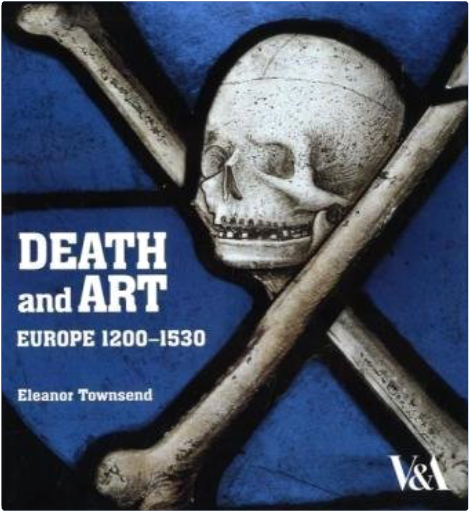 In Medieval and Renaissance Europe, where life expectancy was under 40 and the Catholic Church taught that, after dying, the soul faced a terrifying and uncertain onward journey, death was a major cultural preoccupation. This fascinating book sets out the beliefs surrounding death and the afterlife in a mainly Catholic Europe, and explores how these shaped attitudes to the visual arts. 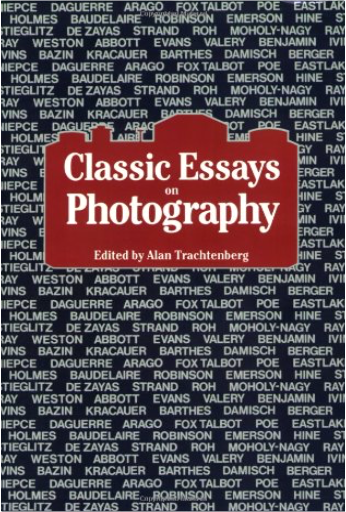 Containing 30 essays that embody the history of photography, this collection includes contributions from Niepce, Daguerre, Fox, Talbot, Poe, Emerson, Hine, Stieglitz, and Weston, among others. 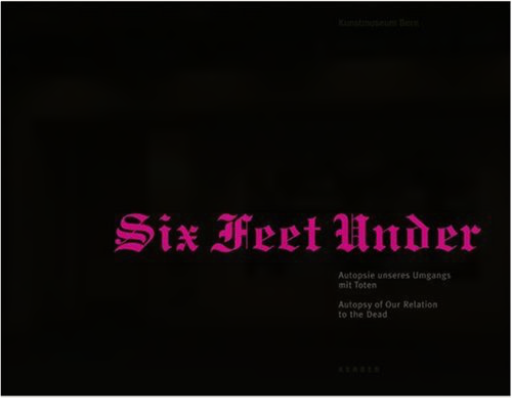 Six Feet Under collects an international array of contemporary and historical artworks, some dating back to the sixteenth century, that take on the topic of death and decay. In art, death is a universal subject. In contemporary art, two extremes can be determined: art either reclaims the rituals of death—which have strayed from organized religion to professional service providers and the media—and then re-presents or reconstructs them; or, it repositions the unwelcome corpse back into our field of vision, reminding us in a direct way that our physical existence continues after death. Gathering work across continents and centuries, but focusing mainly on contemporary art, this volume focuses on key themes like the burial of children (from Albert Anker to Teresa Margolles); cadavers (from Felix Vallotton to Andres Serrano); the death of the artist (from Ferdinand to Gianni Motti); and coffins (from Ferdinand Hodler to Joe Scanlan). | 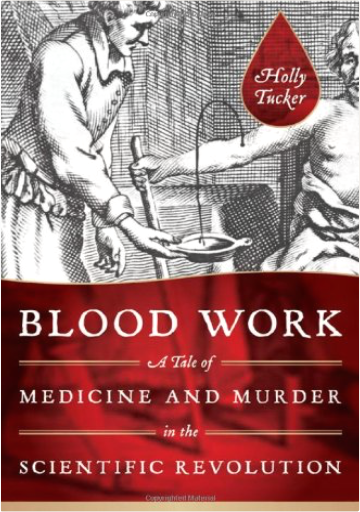 "A fast-paced and fascinating ride through a dark and devious period in science, Blood Work is a witty, insightful, and skillfully written book that sheds light on the mysterious story of blood transfusion." —Wendy Moore, author of The Knife Man 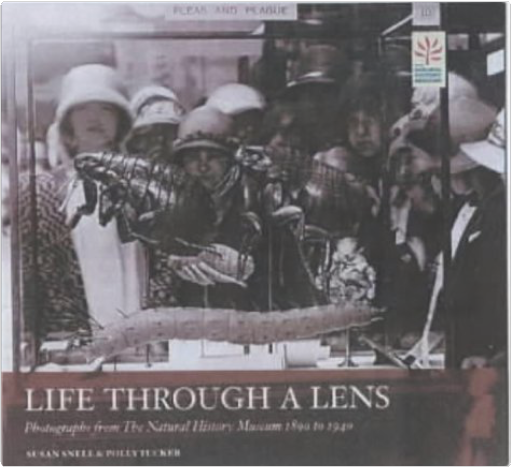 0565091867 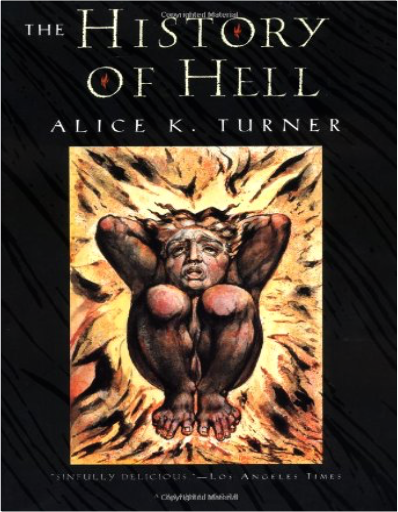 A “lively...generously illustrated” (Washington Post Book World) survey of how, over the past four thousand years, religious leaders, artists, writers, and ordinary people in the West have visualized Hell-its location, architecture, purpose, and inhabitants. Illustrations; full-color inserts. 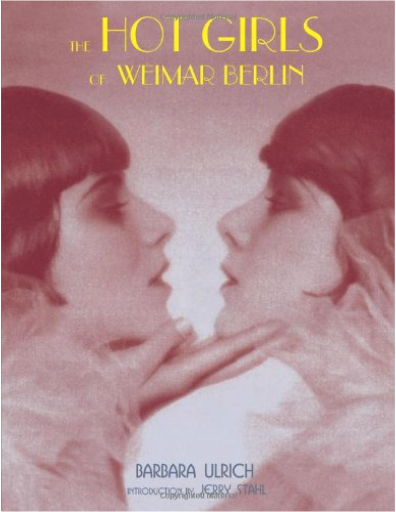 This lively collage of excerpts from German periodicals shows a culture at its decadent peak before the Nazi suppression. As an homage to the sexually liberated women of pre-Nazi Germany, color and black-and-white full-page graphics, photographs, and advertisements are featured. Also included are color pictorials, erotic cartoons, advice for lesbians, aphrodisiac recipes, naughty parlor games, and sexy bedtime stories. |

Morbid Anatomy Museum
Collection Total:
1,253 Items
1,253 Items
Last Updated:
Jan 26, 2016
Jan 26, 2016

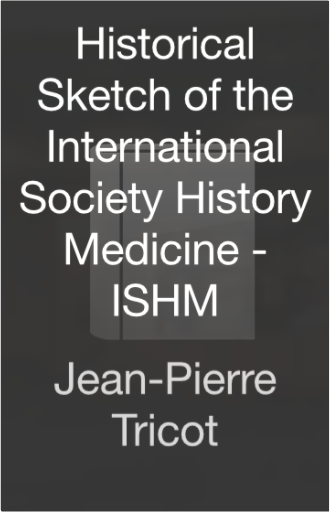
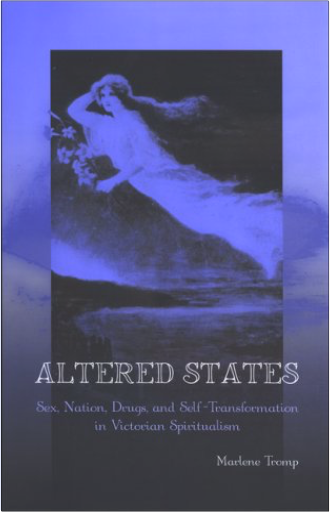
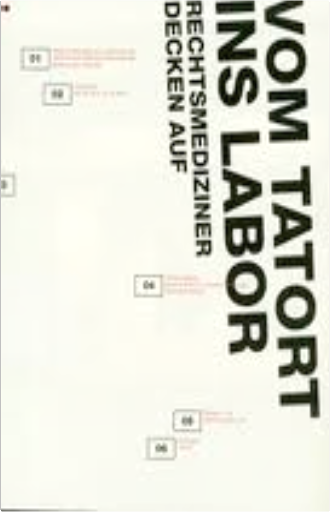
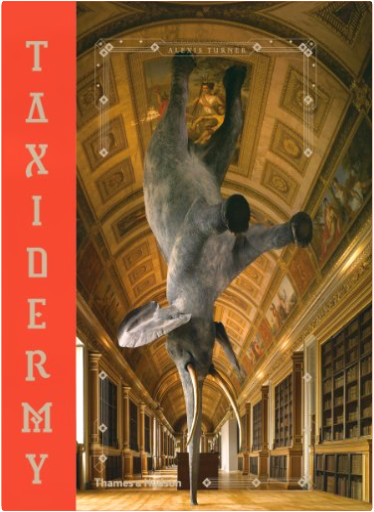
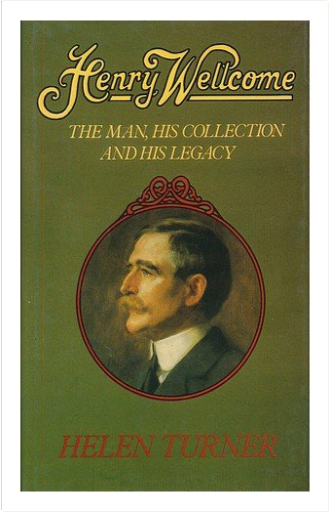
 Made with Delicious Library
Made with Delicious Library